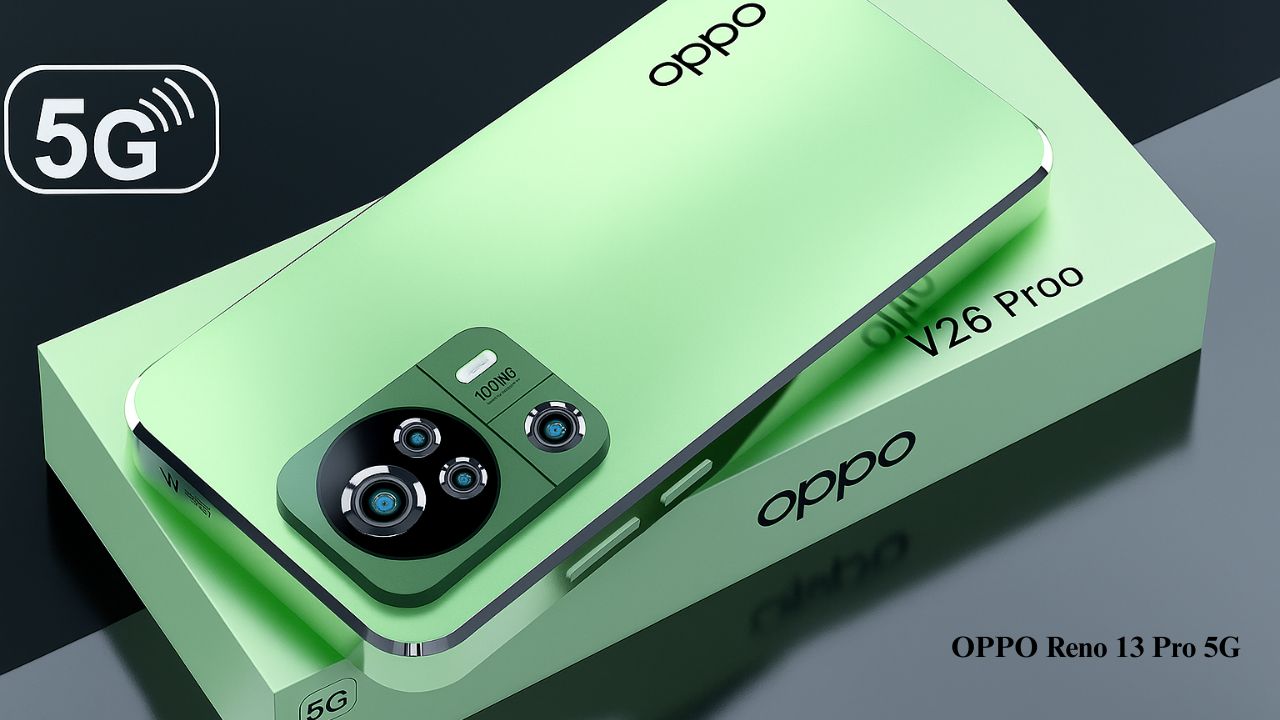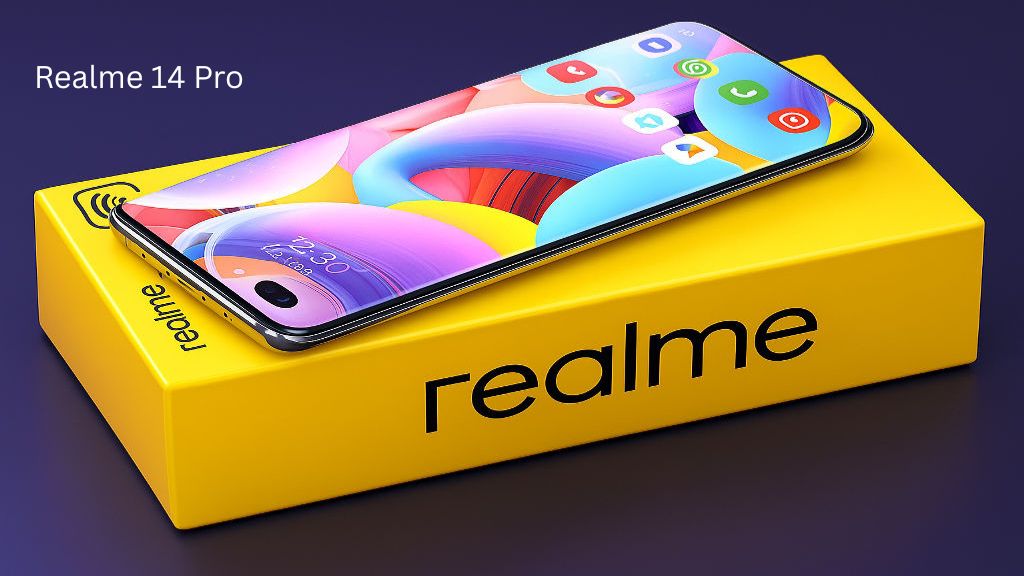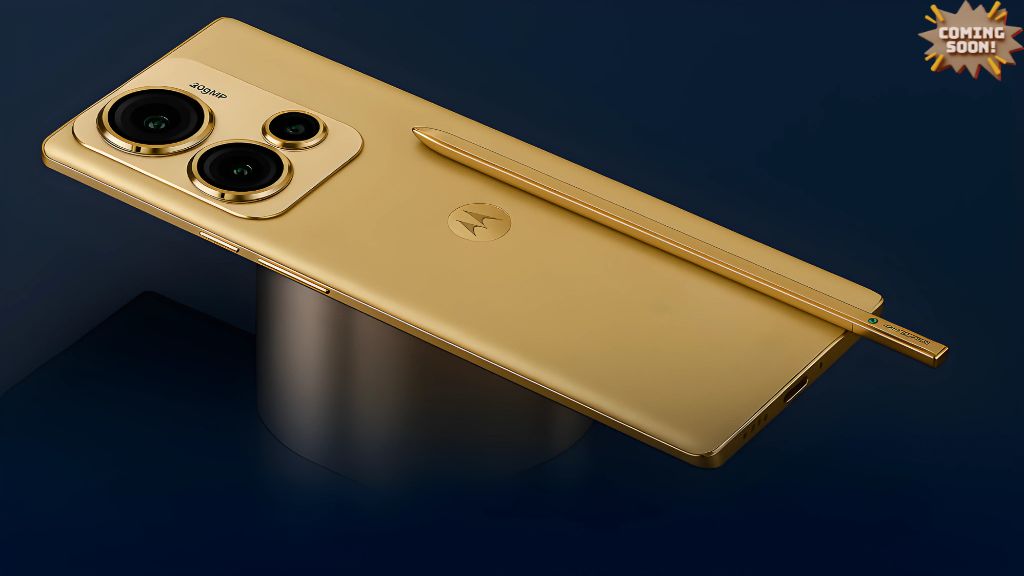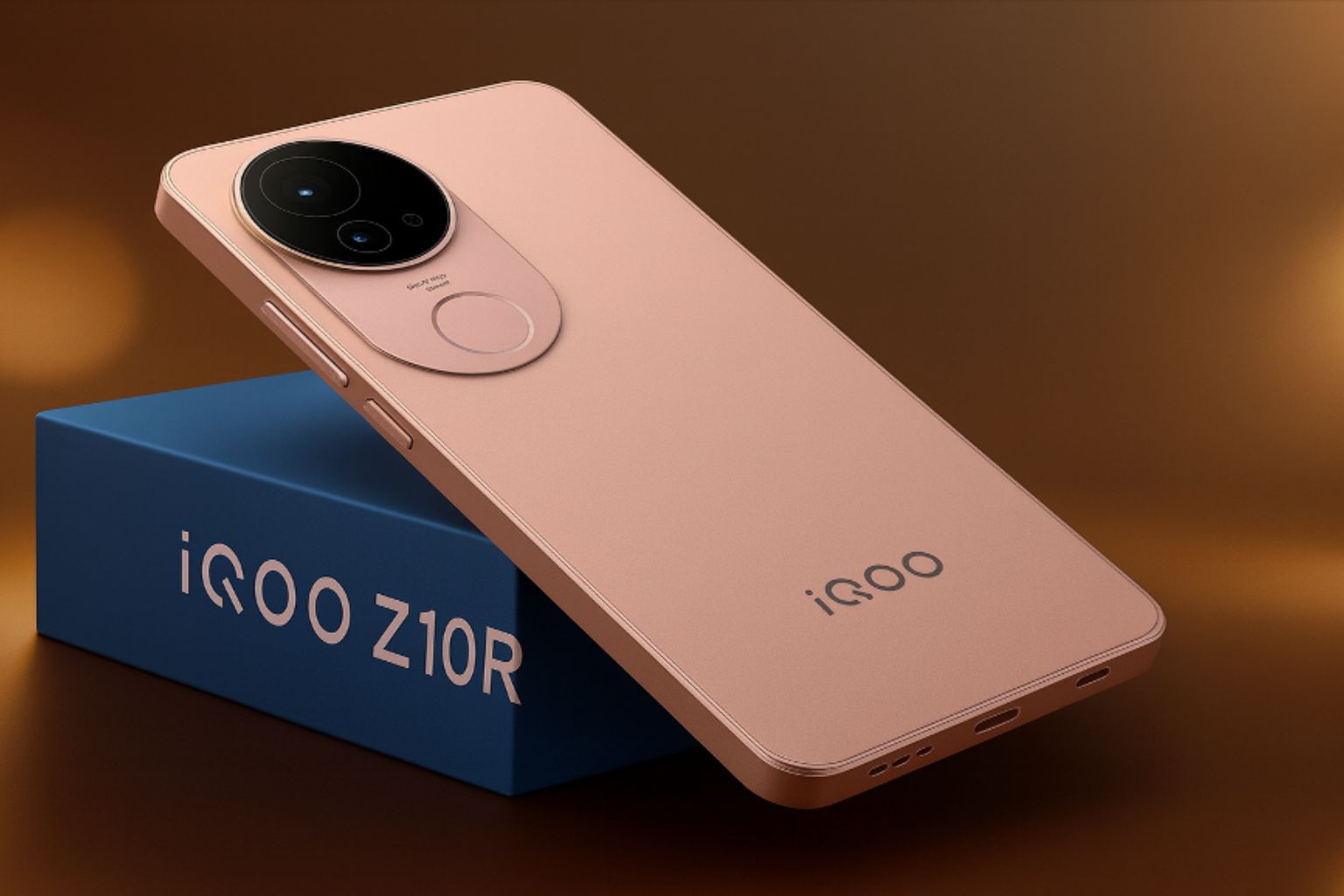In the ever-evolving world of smartphones, the mid-premium segment has become one of the most competitive battlegrounds. Two of the most compelling contenders in this category are the OPPO Reno 13 Pro 5G and the Vivo V26 Pro 5G. Both devices pack flagship features, premium design, 5G capabilities, and powerful cameras aimed at tech enthusiasts and mobile creators. But which one stands out in real-world usage?
This in-depth comparison puts both smartphones under the microscope to help you determine the better value for your money.
OPPO Reno 13 Pro 5G Design and Build Quality
Both the OPPO Reno 13 Pro 5G and Vivo V26 Pro 5G exhibit premium craftsmanship that rivals even flagship-tier smartphones. The OPPO Reno 13 Pro boasts a stunning curved glass back with a flowing gradient finish that reflects light uniquely from different angles. Its slim profile, metal frame, and minimalistic camera design exude elegance and class. The Reno 13 Pro comes with Gorilla Glass 5 protection and IP54 splash resistance, offering both beauty and durability.
On the other hand, the Vivo V26 Pro 5G comes with a glossy AG matte glass finish that feels premium yet practical, resisting fingerprints. The dual curved display seamlessly merges into the sides, offering a futuristic look. The camera module on the back looks stylish with a raised frame that adds to the visual impact. The V26 Pro is slightly slimmer than the Reno 13 Pro, making it more ergonomic for one-handed usage.
While both phones feel great in hand, the V26 Pro leans more toward a sleek, modern aesthetic while the Reno 13 Pro stands out with artistic flair and texture. Choosing between the two comes down to your taste in visual appeal and grip preference.
OPPO Reno 13 Pro 5G Display Quality
When it comes to display technology, both smartphones offer immersive, high-end screens. The OPPO Reno 13 Pro 5G features a 6.7-inch AMOLED display with a resolution of 2412 x 1080 pixels. It supports a 120Hz refresh rate, HDR10+, and offers over 1 billion colors. The visuals are vibrant, and the color calibration is excellent for multimedia consumption and gaming. The curved edges enhance immersion, and the brightness levels ensure readability even under direct sunlight.
The Vivo V26 Pro 5G sports a 6.78-inch curved AMOLED panel with a slightly higher resolution of 2400 x 1080 pixels. The display supports a 120Hz refresh rate, HDR10+, and offers exceptional clarity, contrast, and smoothness. It is slightly larger than the Reno 13 Pro, making it a better choice for content bingers and gamers who prefer a broader viewing experience.
Both displays are exceptional, but the V26 Pro’s size advantage and narrower bezels offer a bit more immersion. That said, you’ll enjoy brilliant visuals regardless of which one you choose.
OPPO Reno 13 Pro 5G Performance and Processor
Performance is one of the most crucial deciding factors for power users, and both devices don’t disappoint. The OPPO Reno 13 Pro 5G is powered by the MediaTek Dimensity 9200+ processor, which is a flagship-grade chip designed for efficient multitasking and high-end gaming. The chip is built on a 4nm architecture, enabling better power efficiency and heat management. Coupled with up to 12GB of LPDDR5X RAM and UFS 3.1 storage, the Reno 13 Pro delivers ultra-fast app launches, smooth animations, and minimal lag.
The Vivo V26 Pro 5G is equipped with the MediaTek Dimensity 9000+ processor, which is almost identical in architecture and performance to the 9200+. It also supports up to 12GB RAM and UFS 3.1 storage. Like its OPPO rival, it uses extended RAM technology to boost performance temporarily when needed, giving users up to 20GB of effective RAM for multitasking.
In real-world usage, both phones perform exceptionally well in gaming, video editing, and running multiple apps. However, OPPO’s fine-tuned ColorOS optimization gives it a slight edge in gaming responsiveness and thermal control under extended load.
OPPO Reno 13 Pro 5G Operating System and User Interface
The OPPO Reno 13 Pro 5G runs on ColorOS 14 based on Android 14. It brings a rich, highly customizable UI with features like FlexDrop for multitasking, Smart Sidebar, Game Mode, and enhanced privacy tools. The UI has become more refined and responsive over the years with fewer bloatware apps and a more intuitive design.
The Vivo V26 Pro 5G comes with FunTouch OS 14 on top of Android 14. Vivo has made noticeable improvements in FunTouch OS with better animations, lighter UI design, and new features like dynamic weather effects, app clone, and secure folder. However, it still contains a few pre-installed apps that can be uninstalled.
Both phones offer smooth and fluid software experiences, but ColorOS continues to be a step ahead in terms of polish, app management, and user feedback responsiveness.
OPPO Reno 13 Pro 5G Camera Setup and Capabilities
Photography is where these two smartphones unleash their unique strengths. The OPPO Reno 13 Pro 5G features a triple-camera setup that includes a 50MP Sony IMX890 main sensor with OIS, an 8MP ultra-wide lens, and a 2MP macro sensor. The camera delivers crisp photos with accurate colors, excellent depth, and vibrant dynamic range. OPPO’s advanced AI photography tools enhance low-light photography and portrait shots.
Selfie lovers will appreciate the Reno 13 Pro’s 32MP front-facing camera that captures sharp, detailed self-portraits with minimal distortion. Night mode selfies and AI beautification features are also available for creative outputs.
The Vivo V26 Pro 5G also boasts a triple rear camera system, led by a 64MP OIS-enabled main lens, a 12MP ultra-wide camera, and a 2MP macro sensor. The photos are sharp, detailed, and offer natural color tones. The camera app includes modes like Super Night, Ultra Stable Video, Dual View, and Pro Mode. Its 50MP front camera stands out, capturing incredible selfies with accurate facial detailing and excellent low-light performance.
While the Reno 13 Pro wins with its Sony sensor and better post-processing for landscapes and portraits, the Vivo V26 Pro’s front camera and low-light performance make it a solid competitor for selfie and night photography enthusiasts.
OPPO Reno 13 Pro 5G Battery Life and Charging Speed
Battery performance can make or break a smartphone experience, especially for heavy users. The OPPO Reno 13 Pro 5G comes equipped with a 4600mAh battery which might seem modest, but it’s well optimized thanks to the Dimensity chipset.
With moderate to heavy use, it easily lasts a full day. It also supports 80W SuperVOOC fast charging, which charges the device from 0 to 100% in about 30 minutes.
The Vivo V26 Pro 5G features a slightly larger 5000mAh battery, giving it a longer screen-on time. It supports 80W FlashCharge as well, matching OPPO in charging speeds. Vivo has also incorporated a smart charging engine to protect the battery’s health over long-term use.
If battery longevity is your priority, the Vivo V26 Pro edges ahead slightly due to its higher capacity. However, both phones offer excellent endurance and lightning-fast charging that will keep you going throughout the day.
OPPO Reno 13 Pro 5G 5G and Connectivity Features
Both the OPPO Reno 13 Pro and Vivo V26 Pro are true 5G smartphones, supporting multiple 5G bands for better coverage and future-proof connectivity. They also include dual SIM 5G standby, Wi-Fi 6, Bluetooth 5.3, NFC, GPS, and USB Type-C.
Call quality, internet speed, and Bluetooth range remain strong in both models. Both devices also come with in-display fingerprint scanners, face unlock, and sensors like accelerometer, proximity sensor, e-compass, and gyroscope.
There is no notable difference between the two in terms of connectivity, making it a draw in this department.
OPPO Reno 13 Pro 5G Audio and Multimedia Experience
The OPPO Reno 13 Pro 5G features dual stereo speakers with Dolby Atmos support, delivering immersive audio while gaming or watching videos. The speaker output is loud, clear, and balanced. Audio performance over Bluetooth and wired (via Type-C dongle) also maintains clarity and depth.
The Vivo V26 Pro 5G also includes dual stereo speakers and Hi-Res Audio certification. It delivers crisp highs, decent bass, and minimal distortion at high volumes. Vivo’s audio enhancements further improve the experience while using headphones.
While both devices are competent for multimedia consumption, OPPO’s Dolby Atmos integration gives it a more cinematic soundstage during movie playback.
OPPO Reno 13 Pro 5G Pricing and Availability
The OPPO Reno 13 Pro 5G is priced starting at ₹37,999 in India for the 8GB + 128GB variant. The 12GB + 256GB variant comes at a premium of ₹41,999.
The Vivo V26 Pro 5G is slightly more affordable, starting at ₹34,999 for the base variant and ₹39,999 for the top model.
If budget plays a major role in your purchase decision, the Vivo V26 Pro offers slightly better value for money without compromising on essential features.
Final Verdict – Which One Should You Buy?
Choosing between the OPPO Reno 13 Pro 5G and Vivo V26 Pro 5G is no easy task—they both excel in multiple areas and bring flagship-like experiences at relatively affordable prices.
Go for the OPPO Reno 13 Pro if you want a smartphone with slightly superior rear camera performance, more polished software experience, and Dolby-enhanced audio. It’s ideal for users who prioritize photography, multitasking, and software fluidity.
On the other hand, the Vivo V26 Pro 5G is perfect for those who seek a larger battery, better selfie performance, an ultra-premium curved display, and excellent value for money. Its performance is neck and neck with OPPO, and it may appeal more to content creators and style-conscious buyers.
Ultimately, the best choice depends on your specific needs—but you won’t be disappointed with either.






